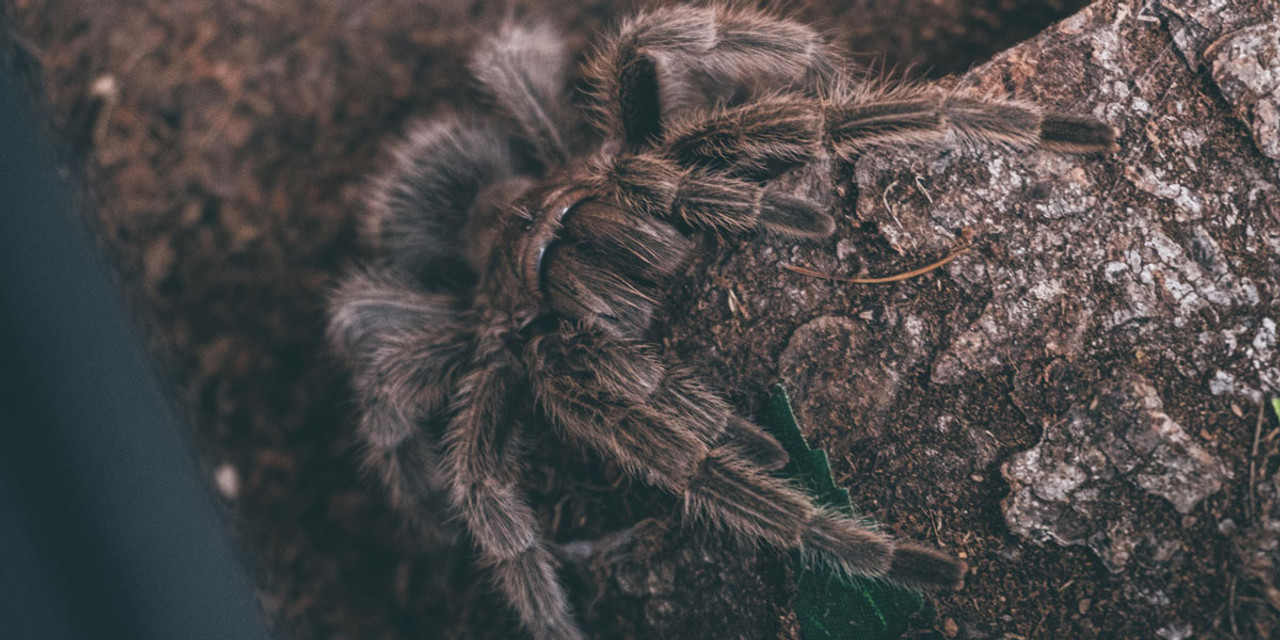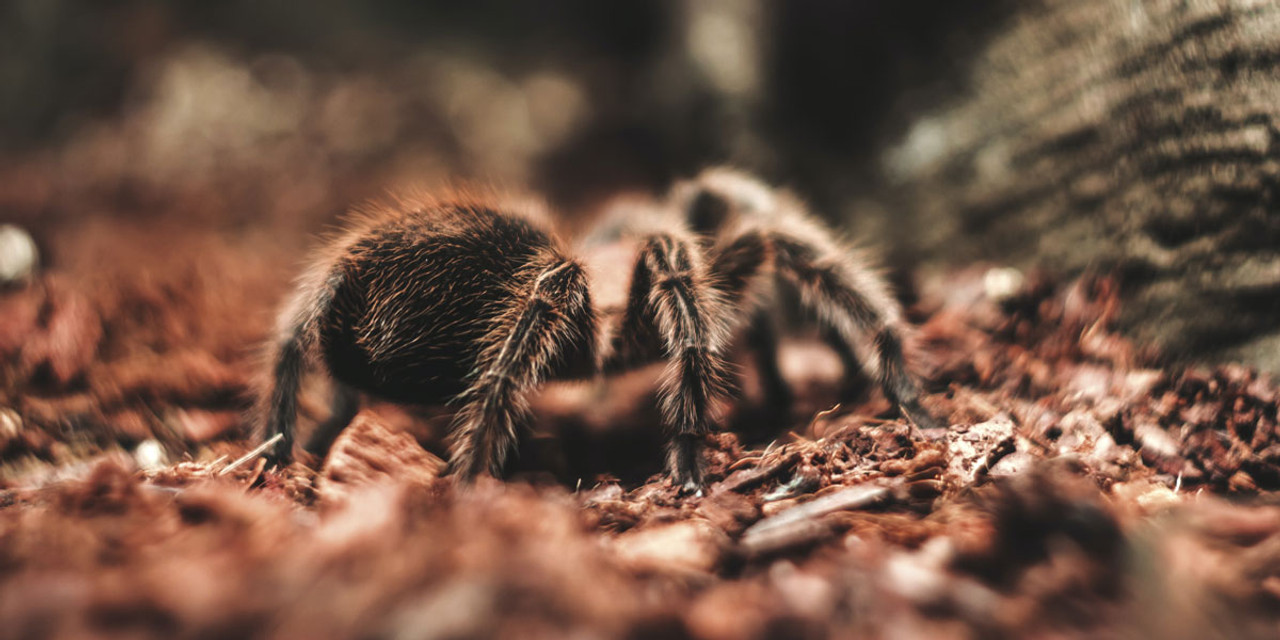Hideout for Tarantula
The Antilles Pinktoe Tarantula is the most common pet tarantula, there are nearly 900 different species. Before you’re able to create your spider’s unique home, you need to know what will best suit your species of tarantula. On this page, we’re going to explore the differences between arboreal and terrestrial tarantulas and their various requirements. And if you’re a first-time tarantula owner, you’ll learn about some of the best ones to start with.




